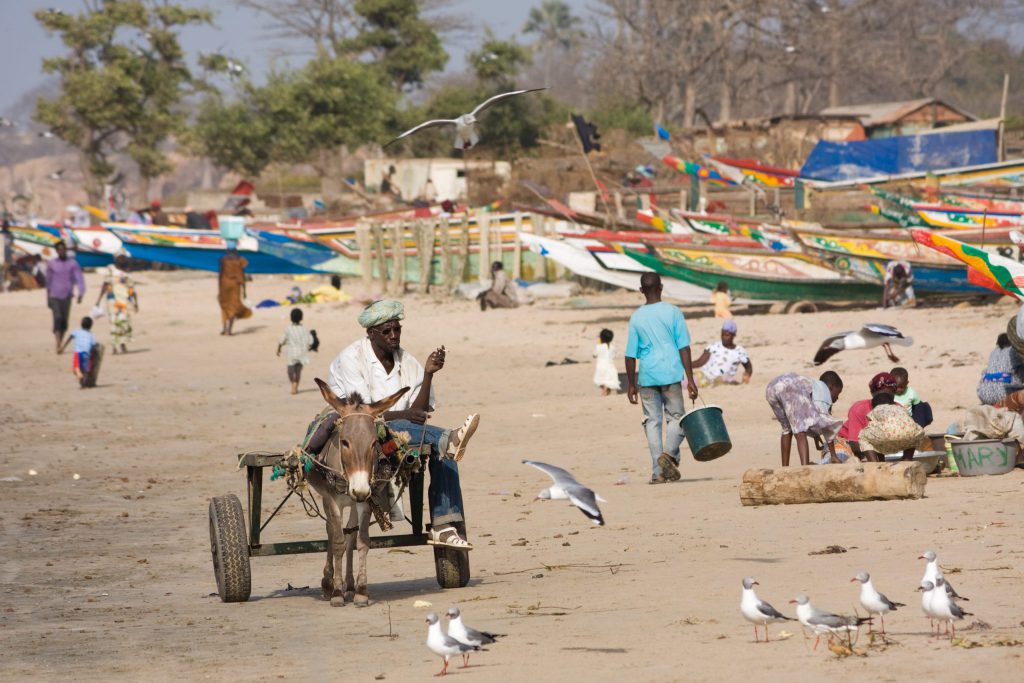
Exploring Africa’s Smallest Gem: The Gambia
Nestled on the west coast of Africa, sandwiched in Senegal, is The Gambia. The smallest African country, The Gambia is a popular destination for those seeking winter sun and vast stretches of idyllic coastline.
Known as ‘the smiling coast of Africa’ due the warm-hearted Gambian people, there is more to the country than the luxury resorts that adorn the coastline. There are great treasures hidden in The Gambia, you just have to glance beyond the swaying palms to find them.
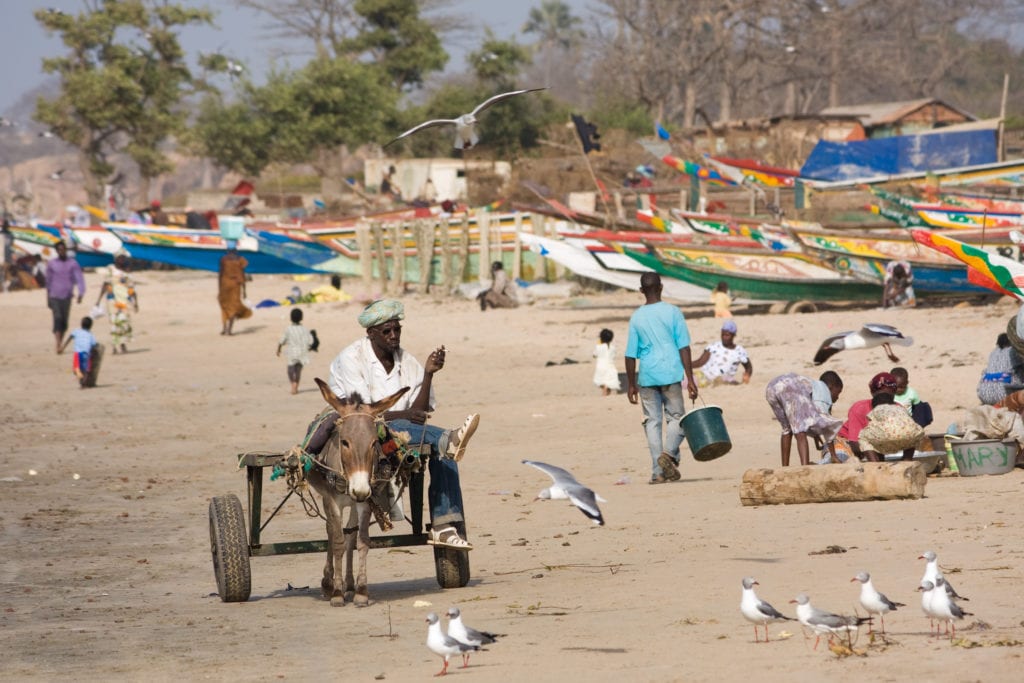
Tanji Village
A traditional fishing village, Tanji is located in the northern section of the Kombo South District. Mandinka, Wolof, Jola and Serer are the four ethnic groups calling Tanji home. The Serer are fisherfolk, whilst the others are known as farmers, craftsmen and traders.
The Tanji Village Museum offers visitors the chance to experience a Mandinka village. Grass thatched mud huts are home to the museum’s exhibits of ethnographic artefacts, such as traditional carvings and instruments. On display, there are Gambian people showing crafts such as weaving or smithery in a traditional Gambian hamlet.
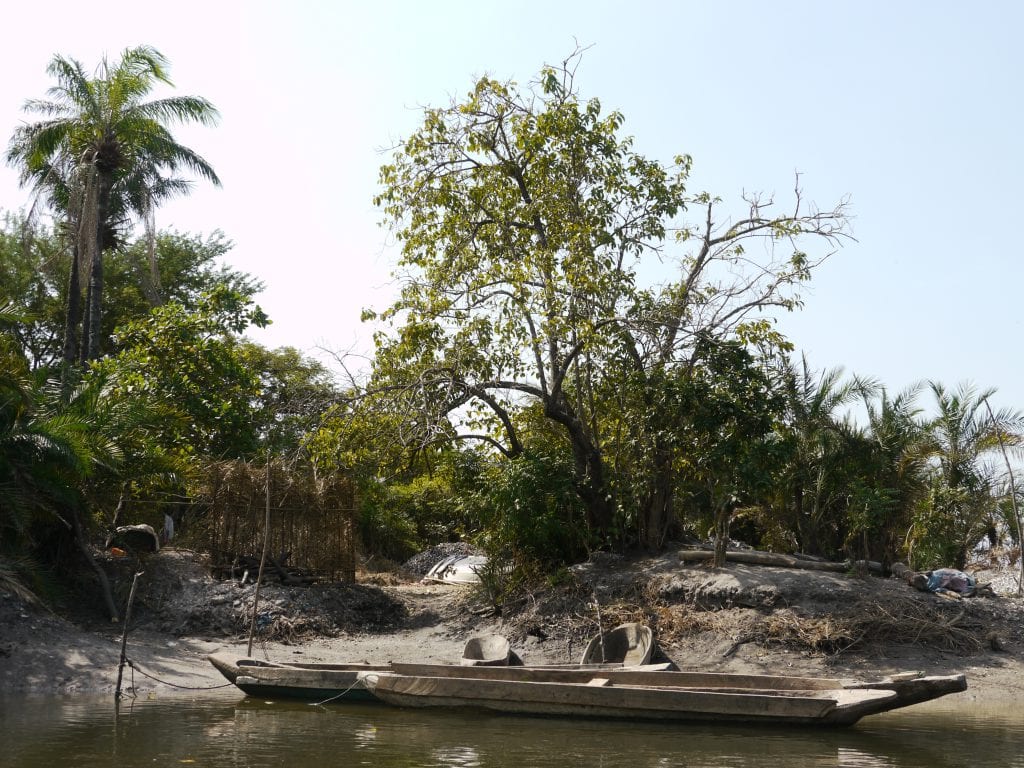 Makasutu Culture Forest
Makasutu Culture Forest
Translated to ‘sacred forest’, the 100-acre Makasutu reserve is a place rich with ecology and culture. The land itself spans five different ecosystems, from forest, savannah and mangrove, to palm forest and wetland. Visitors will soon discover countless birds and monkeys amongst the foliage, whilst crocodiles and mongoose laze on the riverbanks.
The Culture Forest was founded by two Englishmen over 20 years ago who were captivated by the beauty of the landscape and the way in which the Gambian people lived their lives in the wild. Wanting to preserve this special area, the Makasutu Culture Forest is the result of nearly 10 years of sensitive construction and cultivation.
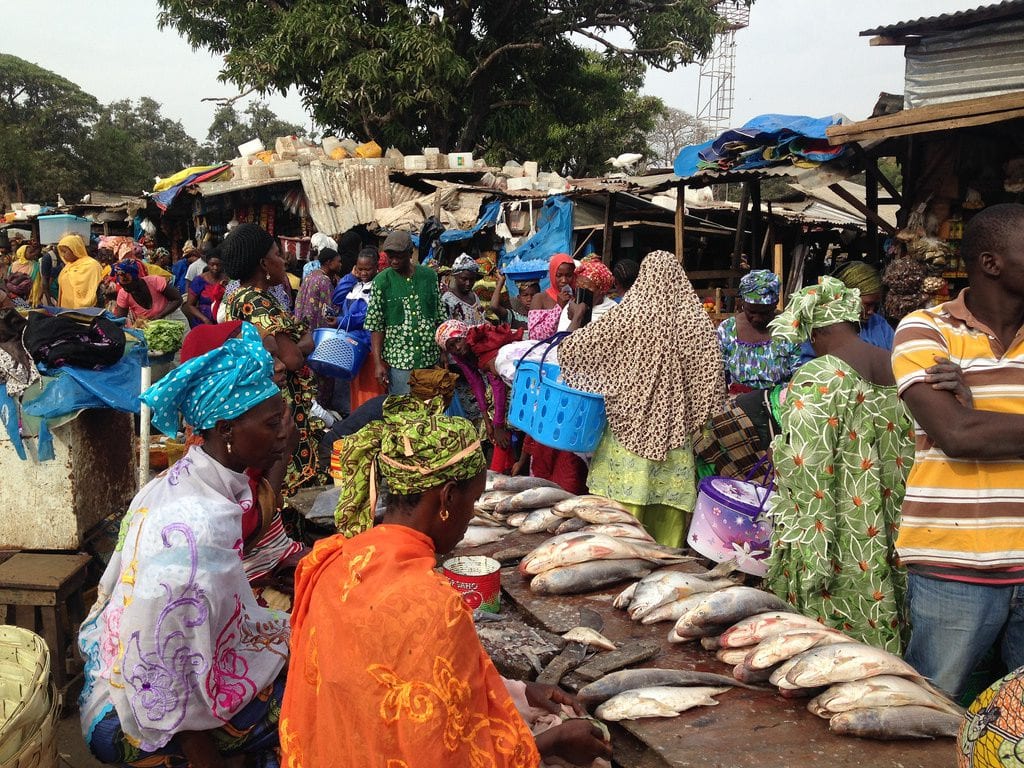 Albert Market
Albert Market
Located on Liberation Avenue in Banjul, Albert Market was built in the mid-19th century and is the capital’s main urban market. Countless stalls line the labyrinth of streets the market spills out on to, rich with the colours of traditional materials, art and carved masks.
The bustling and lively emporium is where both Gambian natives and travellers come to shop. Locals joke that you can find anything you wish to purchase in Albert Market, from ripe fruits to tools for making a boat.
The crowds can be intimidating to some, but Albert Market is a Gambian experience. Escape to the banks of the River Gambie or head into the African Heritage Centre for some respite.
 Gambian Cuisine
Gambian Cuisine
Family meal times in Gambia are as much about connecting with your loved ones as it is about the delicious food. Usually, you will all sit around a huge bowl of food, sharing the same platter and eating from the section in front of you using your right hand. In most households, white rice will be topped with any one of a number of spicy sauces laden with meat and vegetables. The most prominent is domada; a peanut based sauce with tomato, mustard, black pepper and onions.
Gambian restaurants often serve traditional food and chicken yassa will be on most menus. On the bone chicken is cooked with chillies, lime, onions, mustard and a Maggi stock cube (very popular in Gambia). This hearty casserole is then dished up with white rice and a fresh crisp salad, usually with a potent peanut dressing.
Visitors wanting to learn to cook Gambian style must visit the home of Ida Cham-Njie in Brufut. Ida runs Yabouy Home Cooking, a restaurant which allows diners to get hands on and spend half a day with the charming owner preparing a traditional Gambian meal. Not only will you get to don traditional Gambian attire, but Ida will take you to Tanji’s fish market to pick up ingredients.
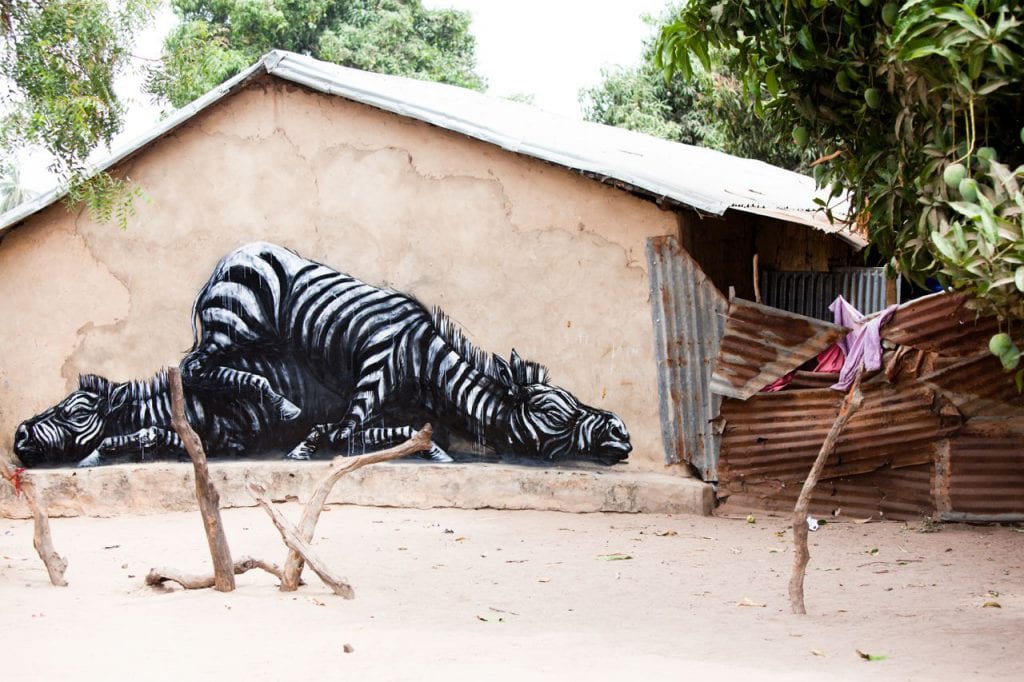 Rural Street Art
Rural Street Art
In 2009, one of the men behind Makasutu Culture Forest teamed up with Gambian artist Njogu Touray to start the Wide Open Walls project. Touray described the initiative as “a democratic and interactive street art project bringing artists of the world to celebrate through art, all good things in life, environmental awareness, peace, love and respect for our cultural values.”
Just outside of Makasutu is the Ballabu conservation area where the world-class urban street art can be viewed. More than 400 murals grace the walls in over 14 remote villages of The Gambia. Besides some of the world’s most celebrated artists coming to add their artistic flair, the Wide Open Walls project provides the villagers with a sustainable income through hosting the works.
